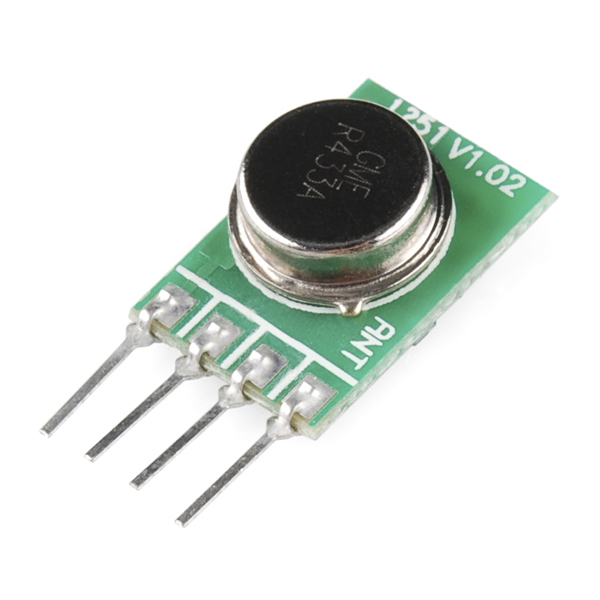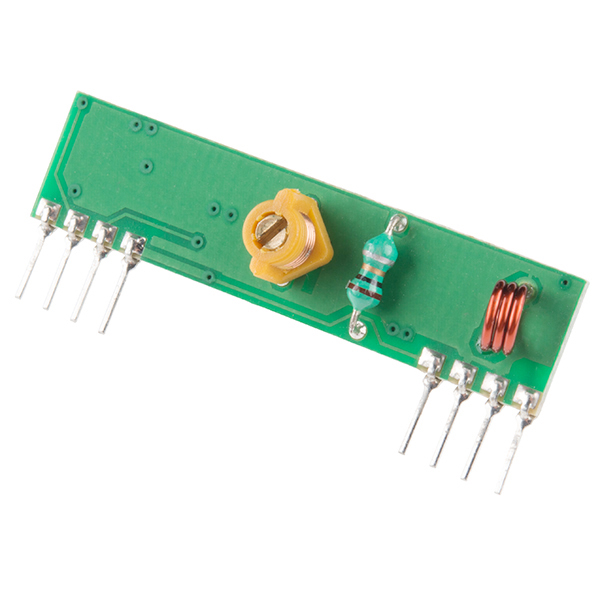Update
Since the last post I have been working a lot to continue to bring my current consumption below 1mA. My last post set the target to 5mA in standby, but first, that technically falls short of my original goal and second it's optimistic. I am not sure the battery actually has that capacity. Getting below 1mA is really tricky and it took a fair amount of scouring the internet for a solution. I actually managed to find a couple of solutions, and I've been running tests on one of them while I finish the design of the second.
Upfront disclosure: I am not going to reveal what I found just yet, as I want to be able to sell the solution first when I eventually give away all the details.
Leaks
As I ran lifetime tests, monitoring the battery voltage, I realized I had a leaky ship. Just looking at the above image you can see some of the issues, hint, they are bright.
The battery
First thing was the battery itself. There were two power consumers in the battery which meant the battery alone wouldn't even stay on without a load for more than a week or so. There are LEDs to indicate the level, and circuitry to measure the voltage and light the LEDs, and an inefficient (by this project's needs) linear regulator supplying the USB 5V (the battery is 12V). Instead of buying a new battery pack, I ripped this one open, disabled the LED status circuits (ripped up traces), and the regulator circuits. I left the battery management board in-place as it seemed to have a large diode in the way of it affecting standby draw.
I replaced the battery built-in regulator with a low quiescent current regulator on my board to convert the 12V to 5 for the thing-dev. (MCP1702)
With all of the extra junk from the battery gone, I ran another test with just the battery and it looks like there's still something eating the juice, but it's negligible for now.
Thing Dev
I ripped up the LED traces from the board, as they consume a nice ~5mA.
Conclusions and next steps
I made some progress reducing current consumption in the design, and this has extended the standby to 20+ days. But this can be improved further. I also realized some time ago I need to directly measure the current consumption, so I've been looking into the best way to do that.
Also, my venture has highlighted a bit of a hole in the realm of wake-up-receivers for ESPs and other IoT things. I think I can put together a board that will plug into the Thing Dev and enable wireless wakeup from a Pi for a close and medium range application. I figure I can't be the first person to wish for such a board. So I've been working on a design and I plan to order the PCB and make a first-article in the next month or so. Hopefully the short and medium range approach both pan out...































